Britain is one of the most developed countries in the world. But it wasn’t because the people of a small island nation were brave enough to sail across the oceans. Africans and people from other continents braved the seas long before them. Except, not everybody had the bright idea of committing genocides.
1. The British empire dealt with The Mau Mau Uprising and the Kikuyu with mass torture and executions with methods that included mauling by dogs and dragging people tied behind moving vehicles till they died.
With the arrival of the East Africa Company in 1888, Kenya was placed under British colonial rule. The Mau Mau were both a political and paramilitary group rising in revolt during the 1940s, a movement that ended up in open warfare with the British and other Imperial troops in 1952.
Over 1.5 million people were placed in camps surrounded and fortified by British troops. Some Kiyuku were dragged by military vehicles until their bodies literally broke while many others were placed at the mercy of guard dogs before being executed. The exact number of dead are unknown since the documents were burned by the empire.
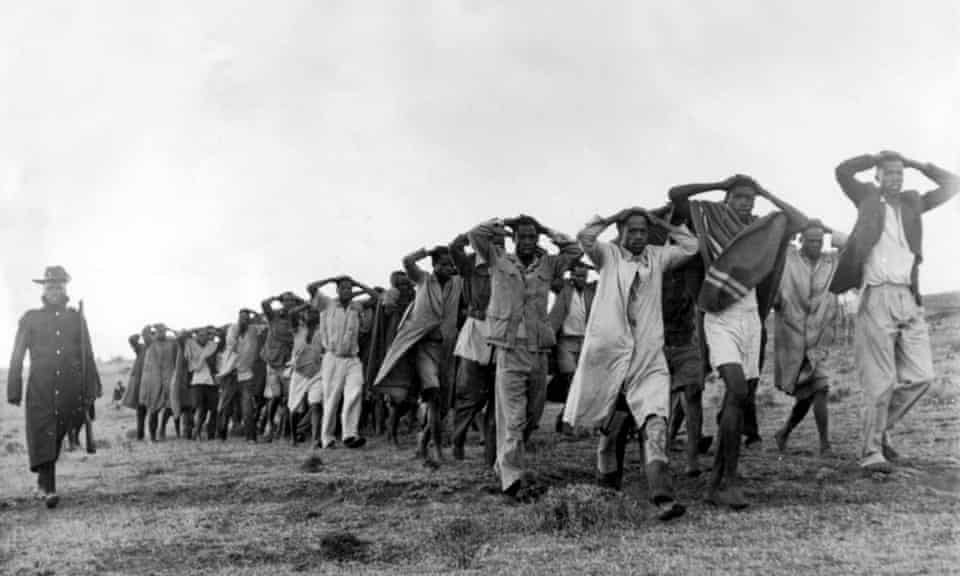
2. The British empire in India was also responsible for the Bengal famine that killed in excess of 4 million people, as the English, under Winston Churchill redirected food supplies towards war efforts in Europe.
The British empire in India continued to export Indian grains while Indians continued to die from malnutrition, starvation and diseases. And although there was enough grain to go around, the oppressive British policies meant that people simply didn’t have the means to purchase the food.
The Viceroy, Lord Lytton was adamant in his policies of not interfering on the part of the empire to deal with the pricing of food supplies. When the pressure was mounted during the 1940s to alleviate the situation in India, Churchill simply said that famine or not, Indians would simply continue to breed like rabbits.
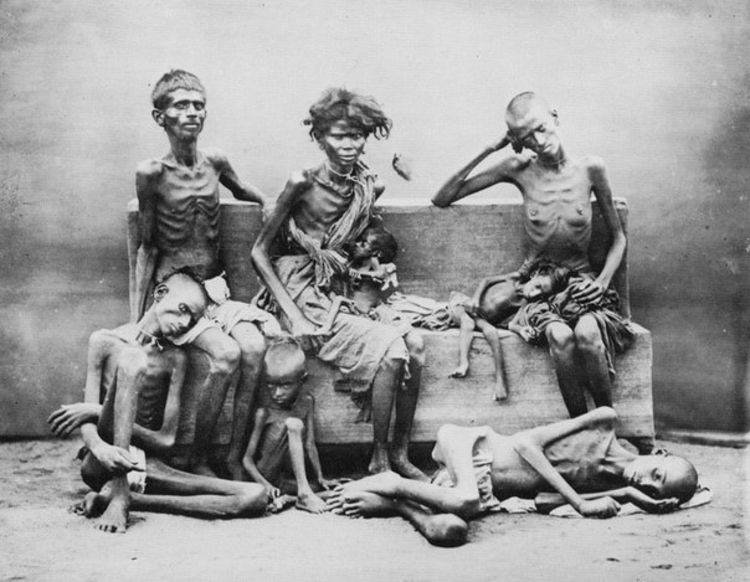
3. During the war between the Boer states and the British, the British adopted a scorched Earth policy, while rounding up suspected rebels and placing them in concentration camps.
Ventersburg was a town in the Orange Free State in 1900. A British judge noticed an increase in the number of armed Boers in the region dispatching a note stating that large numbers of Boers were gathered in the town. Upon receiving the note, garrison commander, Major Pine-Coffin, alerted his commanding officer, Field Marshal Frederick, Lord Roberts commanded his troops to burn down all houses which were owned by absent men.
For his crimes, Roberts was made a Knight Commander of the Order of the Bath (KCB) when he returned to England. He was also made a Knight Commander of the Royal Victorian Order.
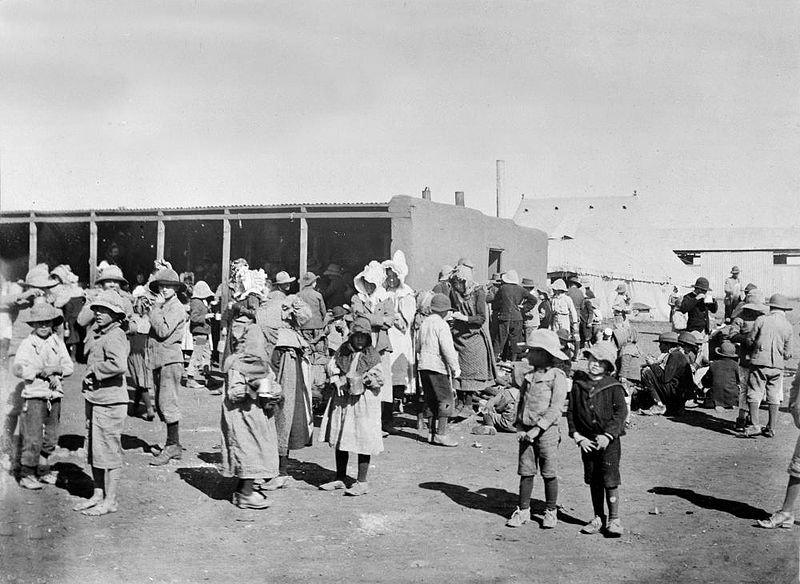
4. Nearly 30,000 Boers died in the concentration camps, more than two-thirds of them children.
In the camps for Africans, another 20,000 died of typhoid, measles, other communicative diseases, as well as scurvy and dysentery. Rather than taking steps to create better conditions, the British relied on the weak to die, and the strong to live in hopes of reducing the death rate.
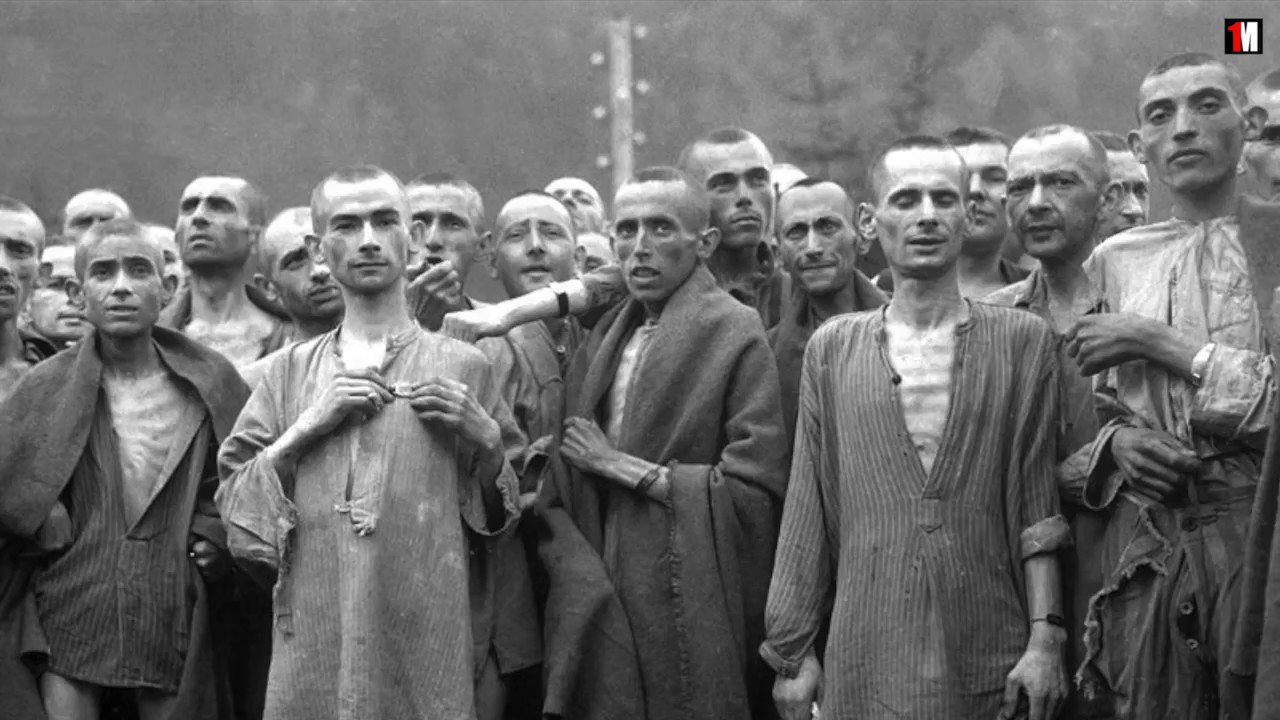
5. While official British records say that about 300-400 people died in the Jallianwala Bagh massacre, the official numbers is assumed to be much higher.
In April 1919, the empire issued martial law in the city that forbade any gatherings for the fear of a rebellion for freedom. On the 13th of April, a crowd of thousands had gathered in Jallianwala Bagh. The garden was walled on all sides. General Dyer, sealed the gates and asked his troops to open fire on a peaceful congregation of men, women and children
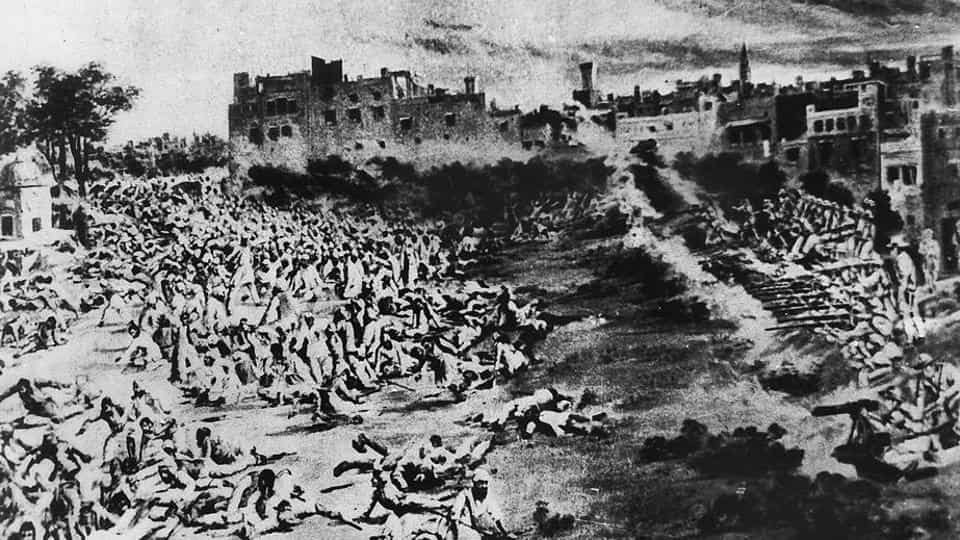
6. During the Iraqi uprising of the 1920s, the British indiscriminately massacred large parts of the Kurdish population.
The British soldiers murdered larger numbers of Kurdish people, often obliterating entire villages. According to certain reports, chemical warfare might have also been used to kill civilians.
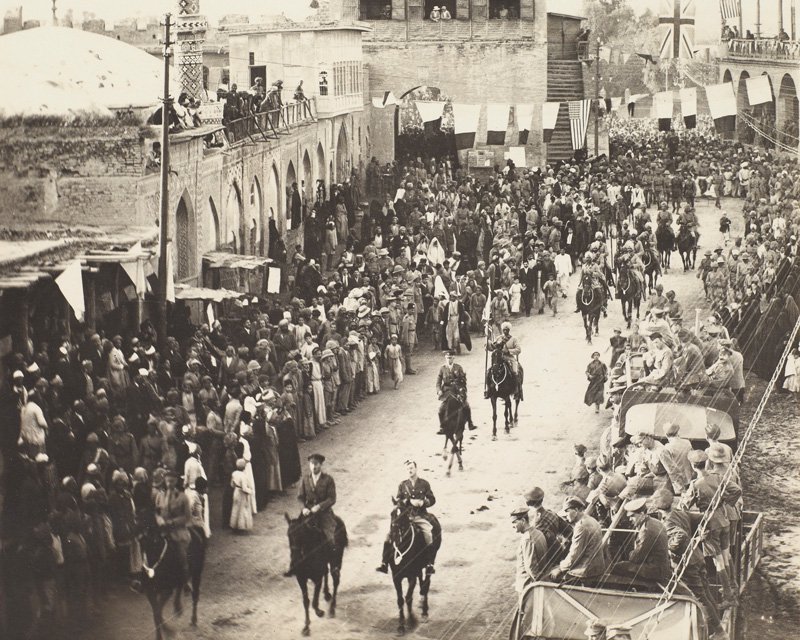
7. The Briggs Plan in Malaysia was just a different name for concentration camps as Hitler’s use of the word meant, the British were wary of being associated with it. Regardless, the methods used to punish, torture and murder people were similar in nature and had the same racial rationalisation.
People were put in ‘New Villages’ but they could not even breathe without the permission of British guards stationed outside. Many of the villages continue to exist to this day and have been restored to serve as tourist destinations.
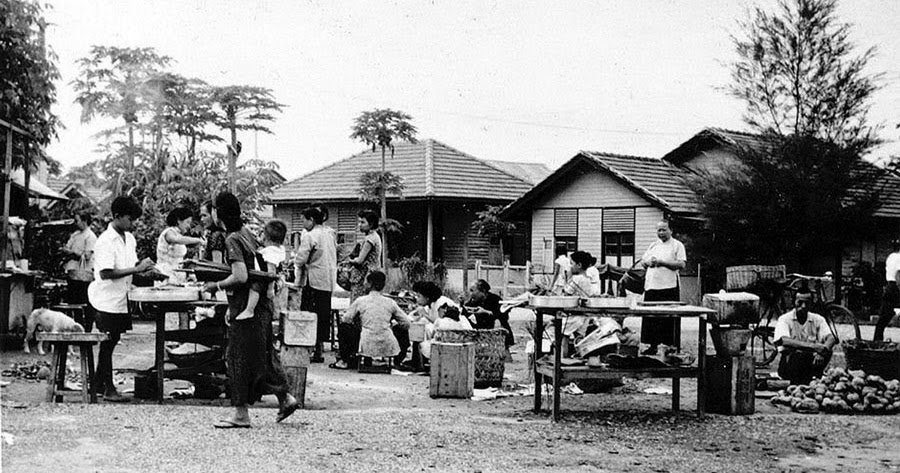
8. The British induced Irish potato famine resulted in the deaths of 1 million people.
While the British did not cause the potato famine, the deaths and suffering of people were preventable. But much like they did in Bengal, the British turned their gaze away owing to the near sociopathic hate of the Irish. As the death count was reaching its peak, Lord Monteagle, the man responsible for providing aid, called it an effective way of ‘reducing surplus population’.
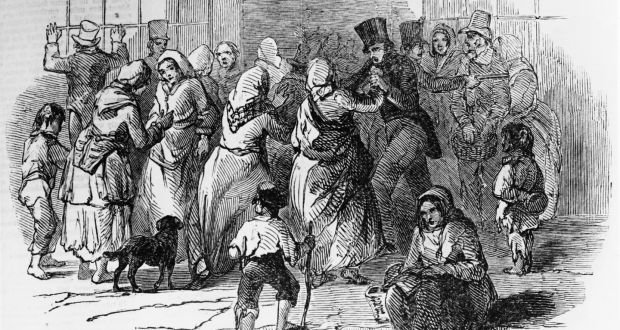
9. While rampant racism in the United States means people primarily remember the Americans as slave traders, in truth, most of Europe was very indulgent in it as well and the British were world leaders there as well.
While the British didn’t start it, they became a big part of the Atlantic slave trade. Enslaved Africans were exchanged for sugar and molasses and tobacco. By the 1700s specially designed slave ships were being produced by British shipyards. During its participation in slavery, 11,000-12,000 ships departed from British and other Empire ports for the purpose of carrying slaves to the British possessions in North America.
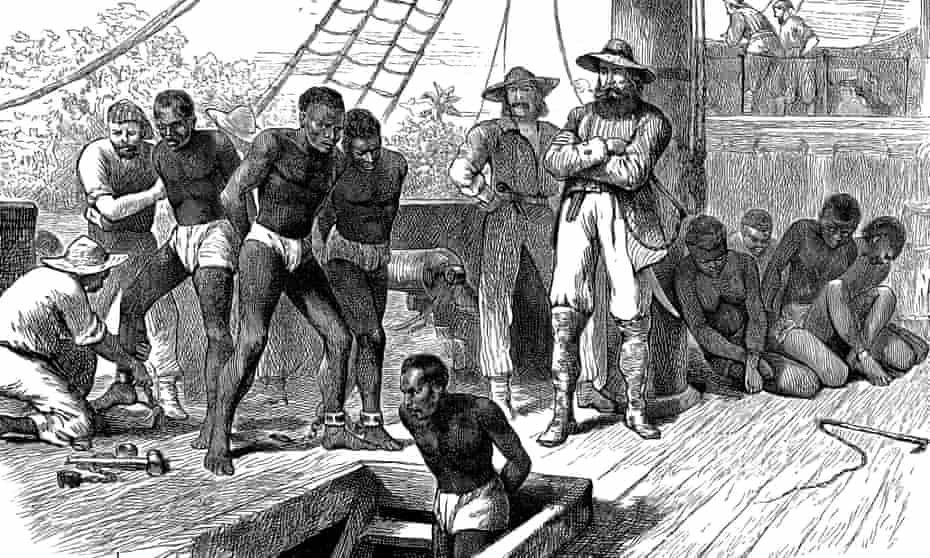
In the immortal words that every Irish person has said at least once, ‘F*ck the British’.

















